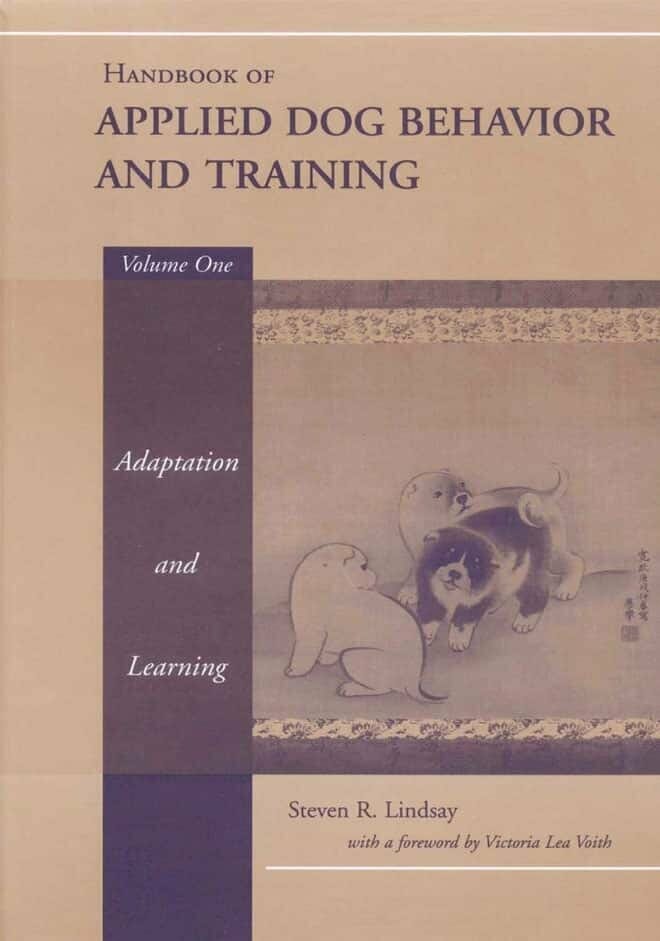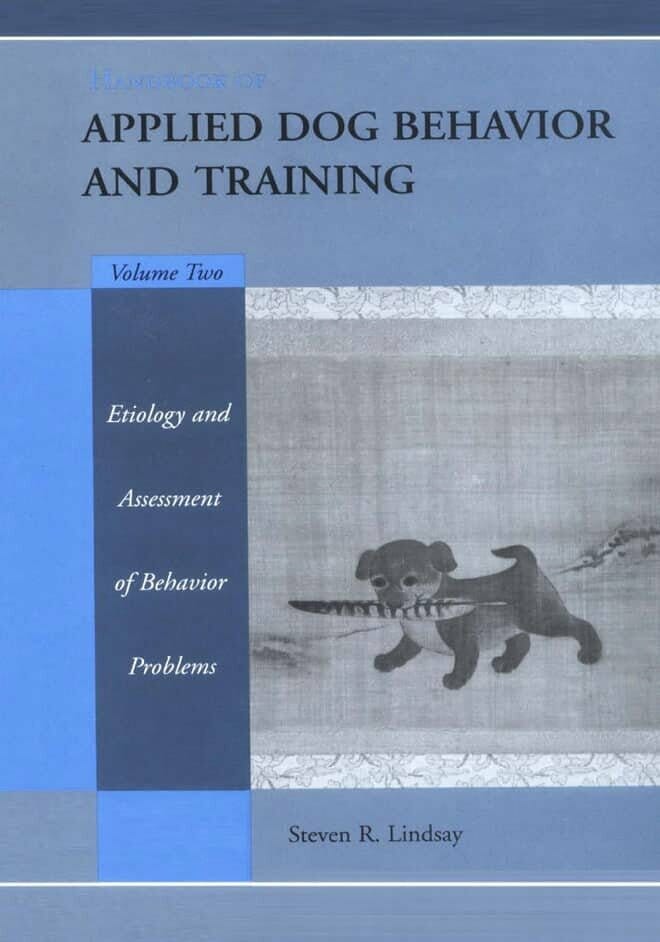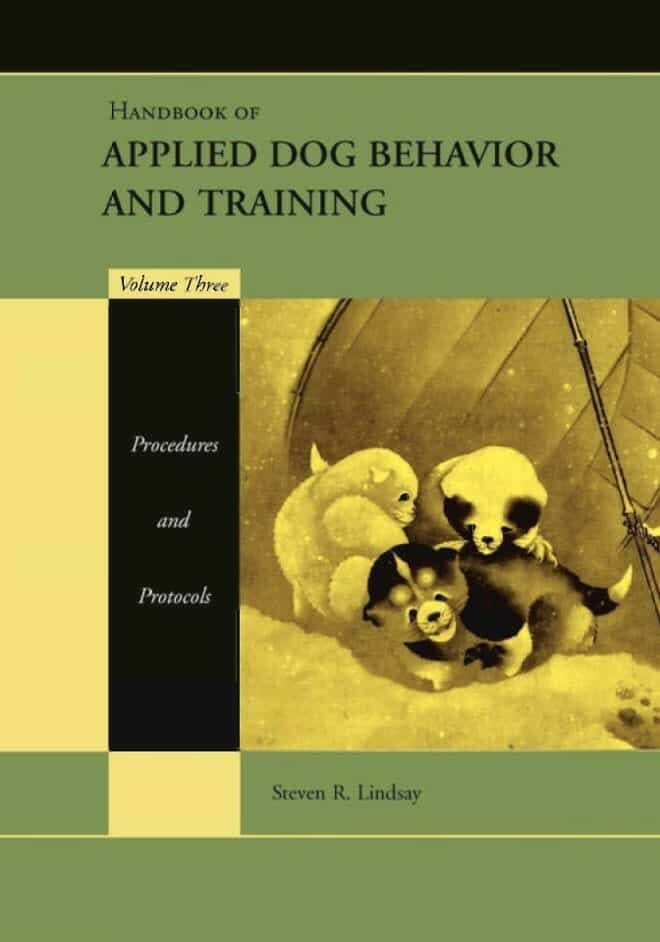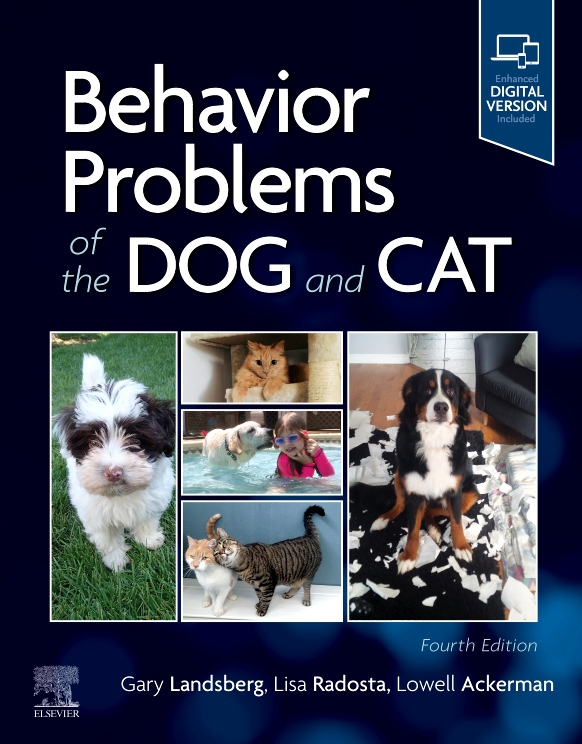
By Steven R. Lindsay
Handbook of Applied Dog Behavior and Training PDF, Volume 1, Adaptation and Learning. Twenty-five years of study and experience went into the making of this one-of-a-kind reference. Veterinarians, animal scientists, dog owners, trainers, consultants, and counsellors will find this book a benchmark reference and handbook concerning positive, humane management and control of dogs.
Reflecting the author’s extensive work with dogs, this book promises thorough explanations of topics, and proven behavioural strategies that have been designed, tested, and used by the author. More than 50 figures and tables illustrate this unique and significant contribution to dog behaviour, training, and learning.

By Steve Lindsay
Handbook of Applied Dog Behaviour and Training, Volume 2: Etiology and Assessment of Behaviour Problems is the definitive reference for dog trainers, behaviourists, breeders and veterinarians. Coupled with Volume one, this text provides theoretical and practical framework for understanding the development and treatment of dog behaviour problems.
Topics covered include Fear, anxiety and phobias, Separation-related problems, Hyperactivity, and Dominance, territorial, and fear-related aggression.
The focus is to present and evaluate the relevant applied and scientific literature, and to highlight what remains to be learned, while the author introduces alternative ways for analysing and understanding the etiology of dog behaviour problems.

By Steven R. Lindsay
Handbook of Applied Dog Behavior and Training, Volume 3, Procedures and Protocols. The Handbook of Applied Dog Behavior and Training series provides a coherent and integrated approach to understanding and controlling dog behavior. In Volume 3, various themes introduced in Volumes 1 and 2 are expanded upon, especially causally significant social, biological, and behavioral influences that impact on the etiology of behavior problems and their treatment. Ethological observations, relevant behavioral and neurobiological research, and dog behavior clinical findings are reviewed and critiqued in detail. Many of the training concepts, procedures, and protocols described have not been previously published, making this book a unique contribution to dog behavior and training literature.

| File Size | 11.2 MB |
| File Format | |
| Download link | Free Download | Become a Premium, Lifetime Deal |
| Updates & Support | Join Telegram Channel To Get New Updates | Broken Link |
| Become a Premium |  |
| More Books: | Browse All Categories |













![Ettinger’s Textbook of Veterinary Internal Medicine 9th Edition [PDF+Videos] Ettinger’s Textbook of Veterinary Internal Medicine 9th Edition [True PDF+Videos]](https://www.vet-ebooks.com/wp-content/uploads/2024/10/ettingers-textbook-of-veterinary-internal-medicine-9th-edition-100x70.jpg)

![Textbook of Veterinary Diagnostic Radiology 8th Edition [PDF+Videos+Quizzes] Thrall’s Textbook of Veterinary Diagnostic Radiology, 8th edition PDF](https://www.vet-ebooks.com/wp-content/uploads/2019/09/textbook-of-veterinary-diagnostic-radiology-8th-edition-100x70.jpg)






